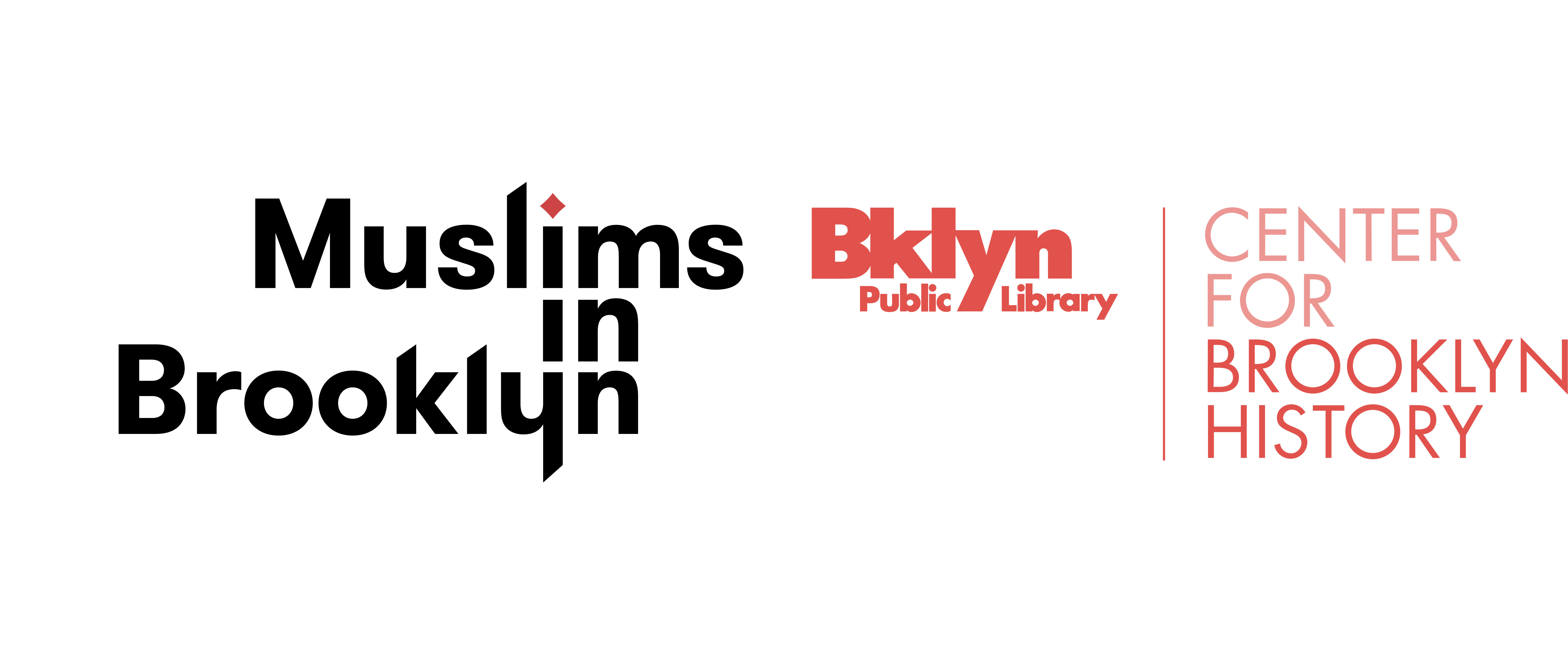Additional Resources
Brooklyn Historical Society commissioned Dr. Donna Auston, a Muslims in Brooklyn project advisor, to provide background information about the historical, political, and social contexts relevant to the oral histories.
Dr. Donna Auston is an anthropologist, writer, and public intellectual whose body of work focuses on race, ethnicity, gender, religion, protest and social movements, media representation, and Islam in America. When these essays were written in 2019, she was completing her dissertation, an ethnography of Black Muslim activism and spiritual protest in the Black Lives Matter era, at Rutgers University.
These essays offer brief introductions to complicated issues through the perspective of a contemporary scholar. They are appropriate for teachers and high school students.
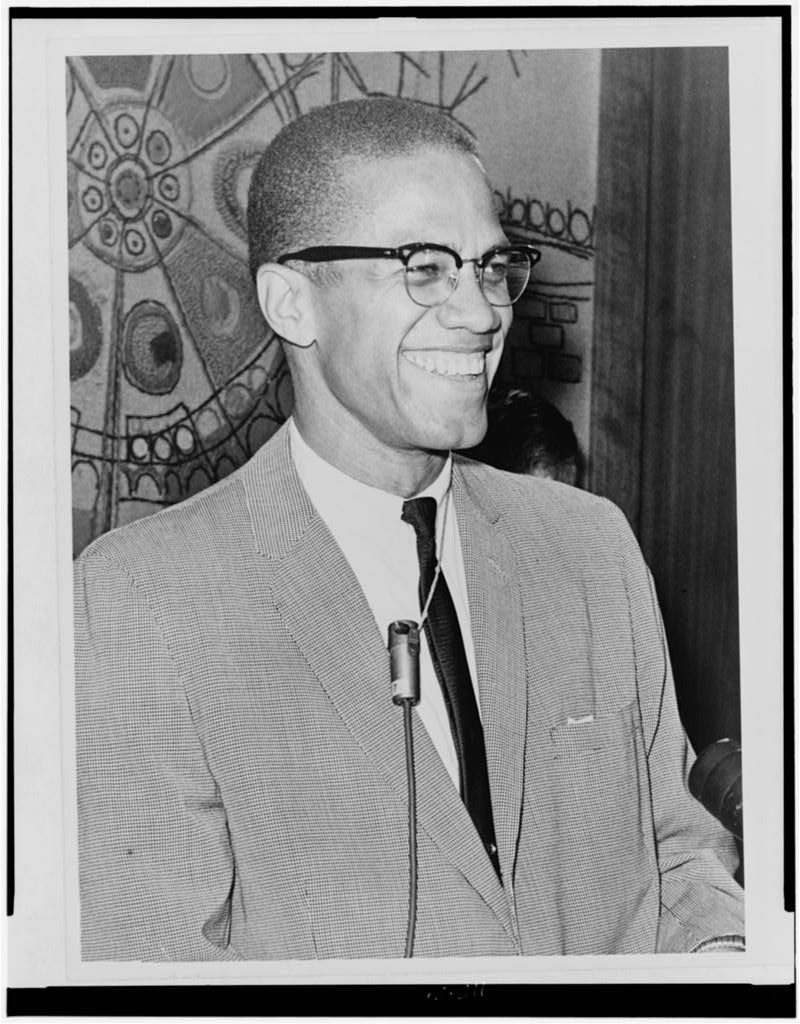
A Short History of Black American Islam
Muslims of African descent in the U.S. comprise between 20 to 30 percent of the total American Muslim demographic and have been influential in politics, human rights and social justice, music, the arts, sports, and education. This essay outlines the ongoing evolution and genealogy of groups from the Nation of Islam to the Ansaar Allah Movement, and includes introductions to key figures, including Elijah Muhammad, Malcom X, and Warith Deen Mohammed, and significant events.
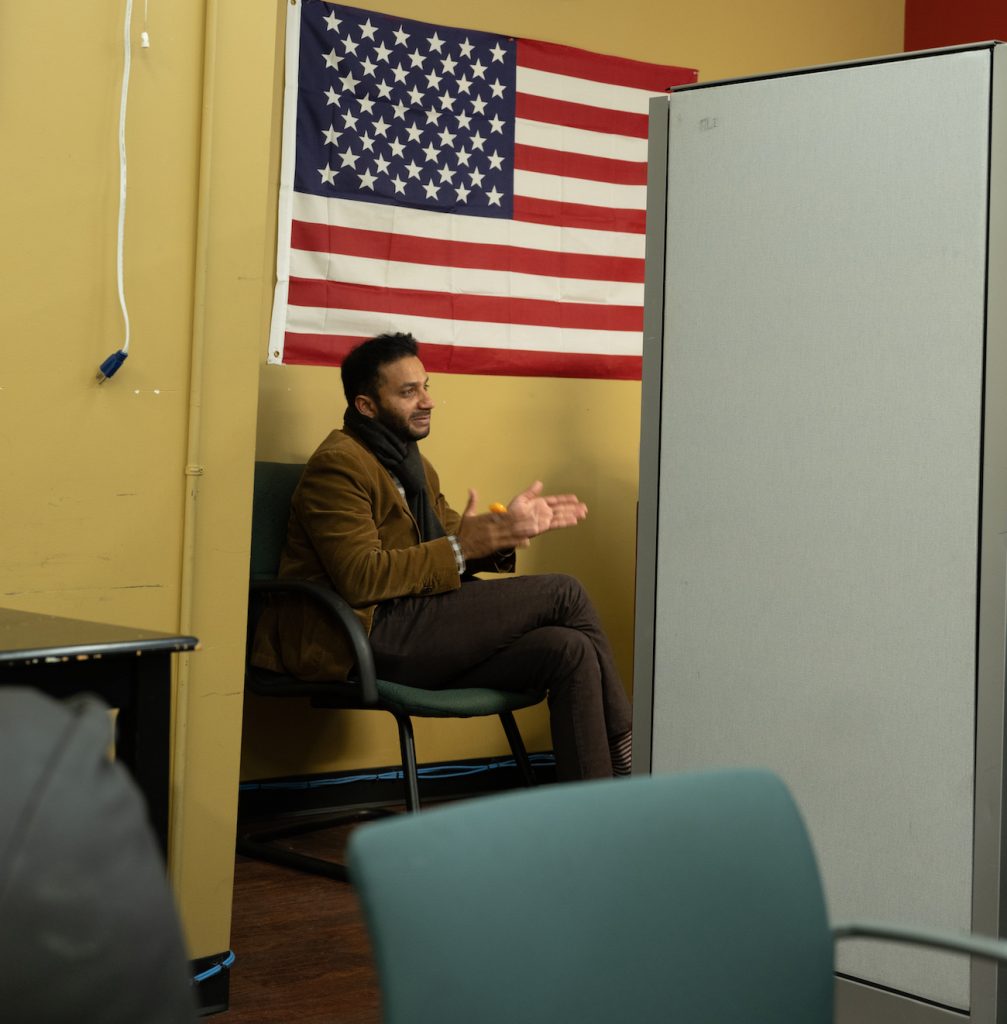
American Muslims:
Racial Profiling, War on Terror
A range of practices relating to race and law enforcement, including racial profiling, invasive surveillance, and detention policies, have been remarkably consistent across political parties and government administrations. This essay tracks the relationship between some of the more pernicious policies that continue to affect American Muslims, African Americans, and other peoples of color.
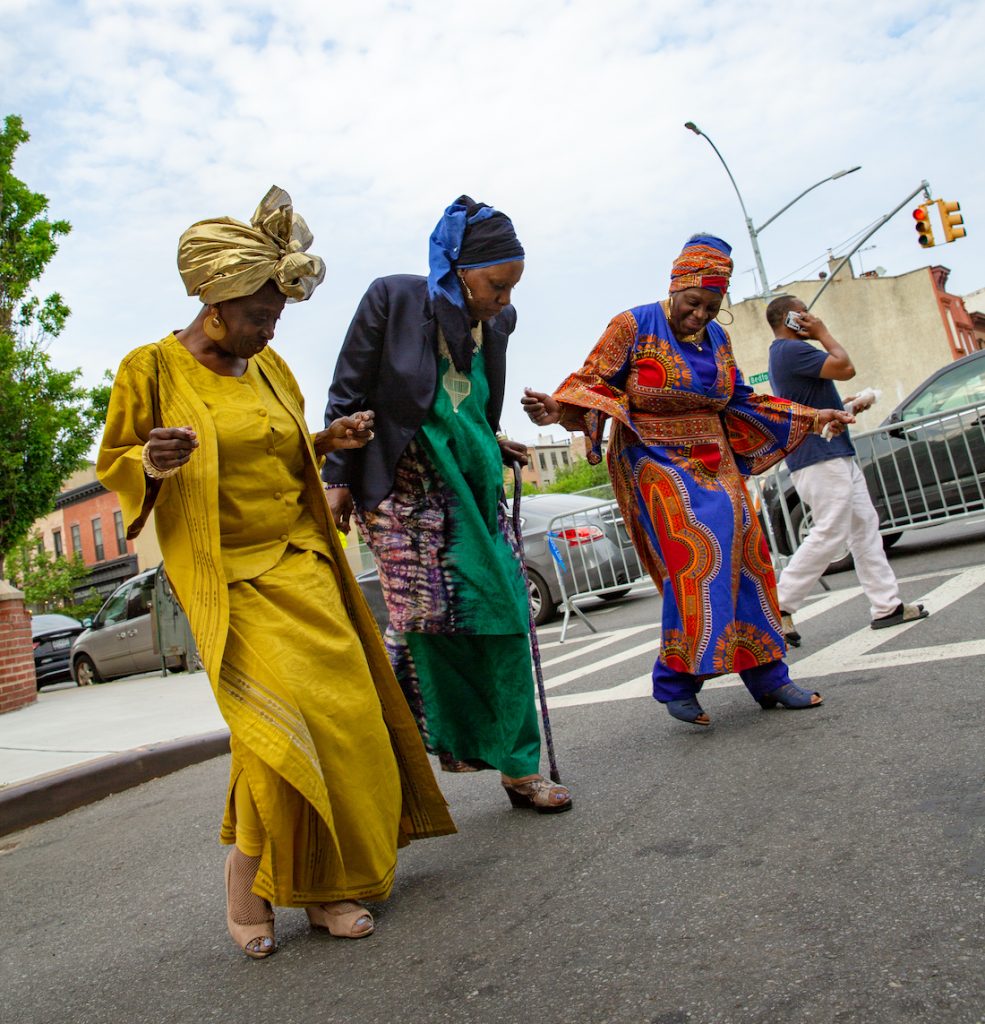
Muslim Holidays and Celebrations
Eid al-Fitr and Eid al-Adha represent the two most widely commemorated occasions common to Muslims throughout the world. In recognition of the growing Muslim population in the United States, local officials in different cities have declared these as holidays on local and school calendars. This essay offers an introduction to the significance of these and other holidays and the many ways they are celebrated.
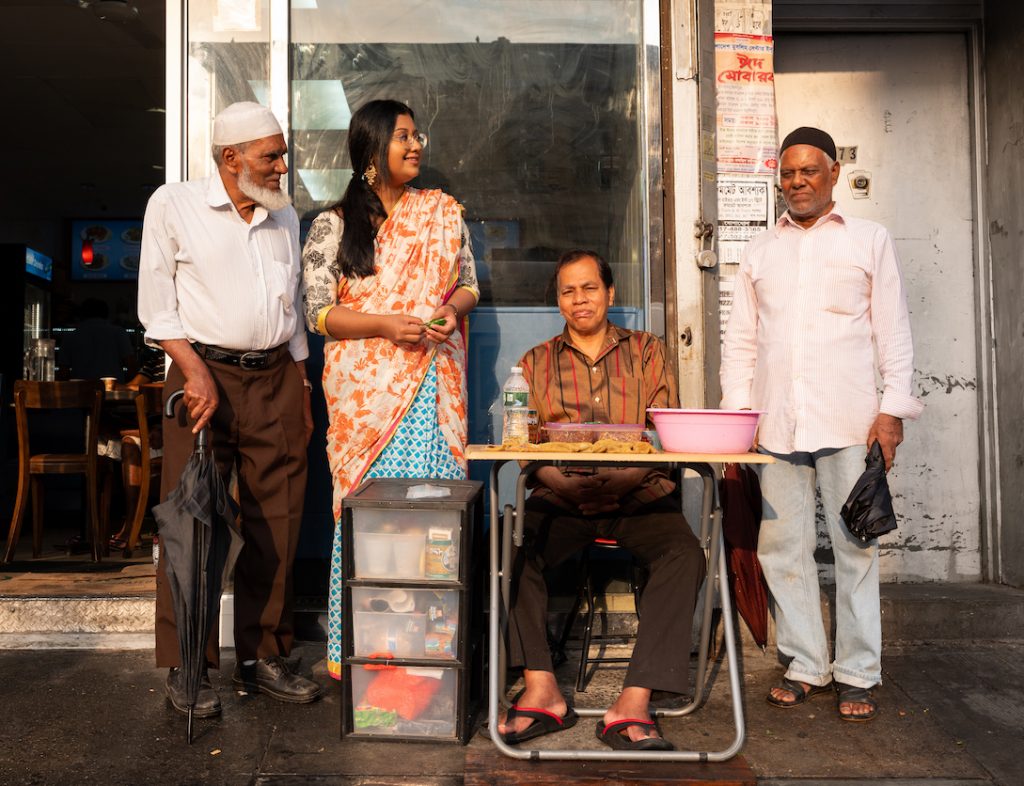
Muslims in America: A Brief Timeline
While there is no official start to the beginning of Muslims in America, there is documentation of a Moorish Muslim explorer traveling in 1522 through what eventually became Florida and on to New Mexico. This essay tracks the history, from a deed recently acquired by Brooklyn Historical Society that documents the purchase of acreage in Brooklyn by a Muslim businessman in 1643 to materials from the Revolutionary War and stories from the Thomas Jefferson White House about an iftar dinner and Jefferson’s Koran to more recent history.
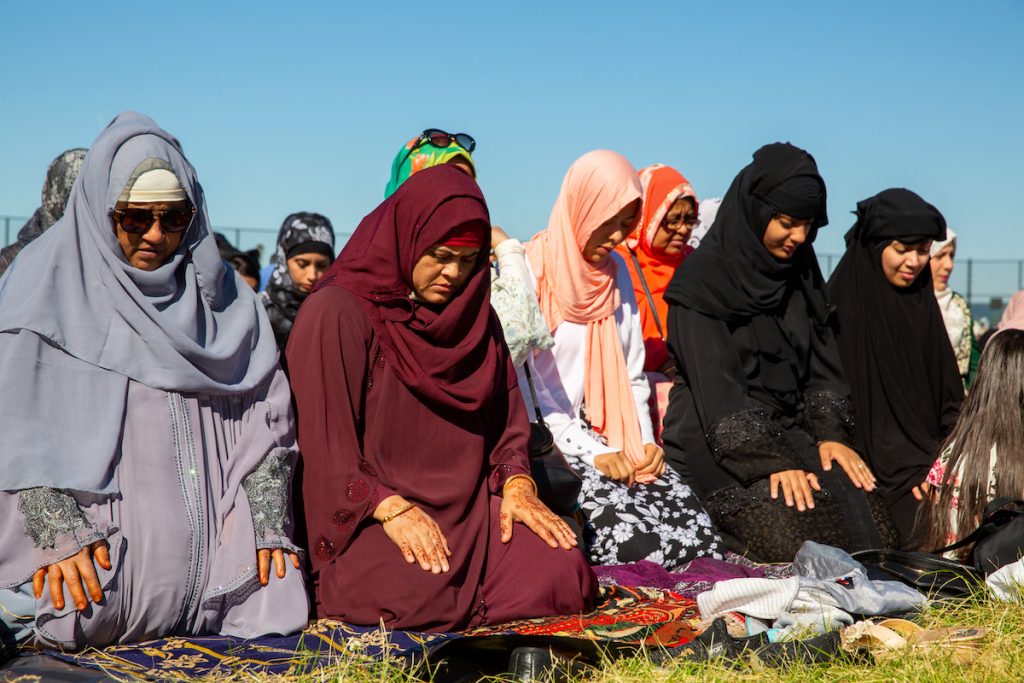
Women and Islam
The election of two Muslim women to the U.S. House of Representatives in 2018 was a historic event and emblematic of the ways that women of Muslim faith continue to innovate in their fields. This essay corrects various misconceptions and stereotypes about Muslim women, including the roles they have played in civics, the arts, and social justice, as well as a discussion of misunderstandings about the choices they make in outward dress.

Food and Fasting
This short, introductory reading provides an overview of the Islamic tradition of fasting during the month of Ramadan.
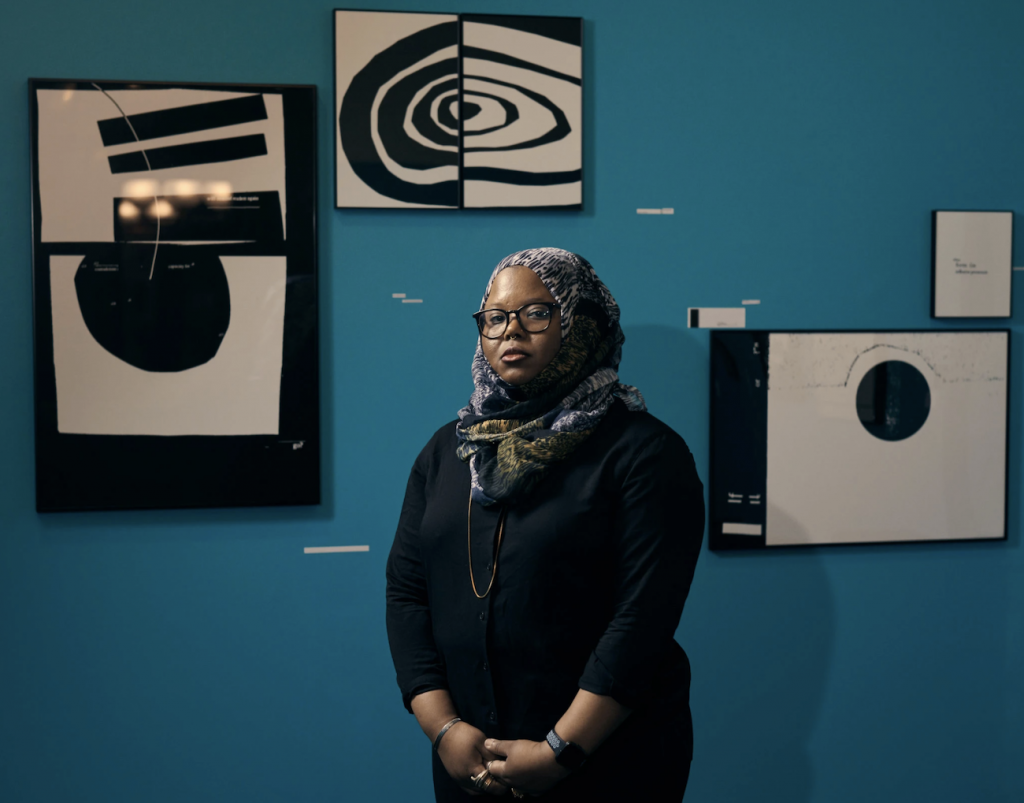
Black-Out & Collage Poetry Lesson Plan
This lesson plan for creating Black-Out or Collage poetry can be used as a summative activity with any of the lesson plans.
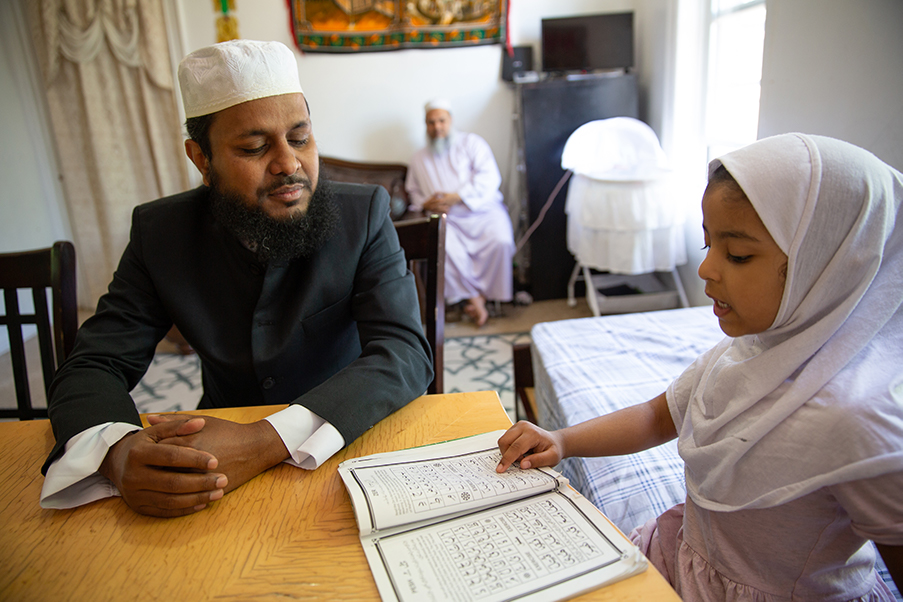
Oral History Teaching Tips
These tips for teaching with oral history are a great place to start if you’re wondering how and why to use oral history in your classroom.
Background information and resources for teaching about Islam and Muslims
These links will open in a new window or tab. This page will remain for further navigation.
Lessons on Islam and Muslims for Secondary Classrooms
The Islamic Networks Group (ING), an educational non-profit organization based in California wrote this secondary school curriculum on Islam and Muslims. Lessons include Getting to Know American Muslims and their Faith, History of Muslims in America, and Muslim Women Beyond the Stereotypes.
An Educator’s Guide to Religious Practices
This paper, designed by the largest Muslim Civil Rights organization in the US published a guide to help educators make sense of Muslim religious practice in public school. It addresses basic questions that may provide some useful background information with regards to religious practice and children. It should be noted that the practices described in this document reflect normative religious rulings. As our oral histories demonstrate, individuals have diverse and varied relationships with these practices.
100 Frequently Asked Questions About Islam
This list was put together by Islamic Networks Group (ING), an educational non-profit organization based in California that produces secondary school curriculum on Islam.
A Comprehensive Timeline of Muslims in America
This interactive tool was put together as a part of the “American Muslimâ€, a story gathering website on the lives of Muslims in America. These stories will be used to produce a documentary for broadcast in 2022.
Books for Young Adults and Children
These books can be used to introduce some age-appropriate print resources to share with children and young adults.
